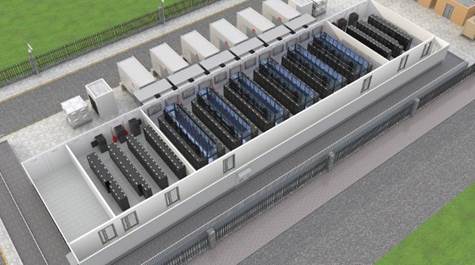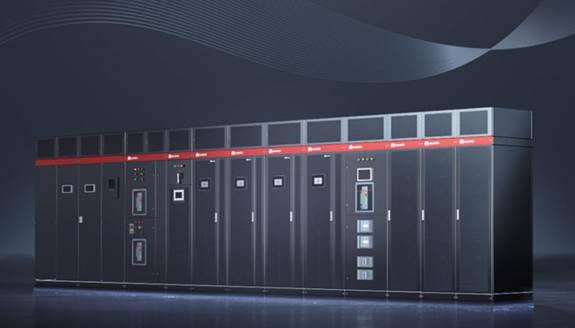As digital transformation
accelerates, more businesses are investing in Internet Data Centers (IDCs) to
support cloud services, big data, and always-on connectivity. Whether building
an in-house facility or partnering with a provider, understanding the cost
structure of an IDC is essential for budgeting and strategic planning. In fact, the total investment isn’t determined by a
single factor.
It’s the result of many interdependent elements
that impact both upfront capital and ongoing operational expenses. In this article, let’s learn
the key elements that impact the cost of an Internet data center.

Breaking
Down the Key Cost Drivers of Internet Data Centers
From construction to
long-term maintenance, here are the most important factors influencing the
total cost of an Internet data center.
Location and Real Estate
Geographic location plays a
critical role in determining both capital and operating costs. Land prices,
local tax rates, climate conditions, and proximity to users all affect pricing.
Areas with cooler climates may reduce cooling expenses, while locations near
major connectivity hubs offer better network performance but at a premium.
Additionally, regions with favorable energy policies or tax incentives can lead
to long-term savings.
Power and Energy Efficiency
Power consumption is one of
the largest operational expenses for any data center. The cost will depend on
electricity rates, cooling system efficiency, and overall energy usage. More
efficient systems—such as those with a low Power Usage Effectiveness (PUE)—can
reduce long-term costs but may require a higher initial investment in advanced
technologies like AI-driven cooling or renewable energy integration.
Infrastructure Design and Density
The design and layout of the
data center also impact costs. High-density deployments, while more compact and
efficient, require advanced cooling and power systems to manage the increased
heat output. Modular or prefabricated designs can reduce construction time and
costs, while traditional builds often require more extensive site work and
customization, increasing the initial capital expenditure.

Hardware and Equipment
Servers, storage systems,
network devices, and backup equipment represent a significant portion of an
IDC’s cost. The type and scale of equipment chosen will depend on performance
requirements and redundancy needs. Investing in higher-end infrastructure may
lead to better long-term reliability and performance but will increase upfront
expenses. Additional costs may include fire suppression systems, security
controls, and monitoring tools.
Security and Compliance
Ensuring physical and cyber
security involves both initial setup and ongoing costs. Facilities must be
equipped with biometric access controls, surveillance systems, firewalls, and
intrusion detection systems. Moreover, compliance with standards like ISO
27001, SOC 2, or GDPR may require periodic audits, specialized infrastructure,
and trained personnel—all of which add to the overall cost.
Operations, Maintenance, and Staffing
Daily operations, preventive
maintenance, and skilled personnel contribute heavily to operational
expenditure. Costs vary based on staffing requirements, the level of
automation, and the
support services needed. Facilities that use
smart management systems and remote monitoring may save on labor but may
require investment in software platforms and training. Maintenance contracts,
part replacements, and software updates also factor into long-term budgeting.
Scalability and Future-Proofing
Building with future growth
in mind can increase upfront costs but prevent expensive retrofits down the
road. Designing for scalability—whether through modular architecture or
flexible power and cooling configurations—adds cost during the initial phase but
improves agility and ROI in the long term. Businesses should also consider
compatibility with future technologies, such as edge computing and AI
integration.
Conclusion
The cost of an Internet Data
Center is influenced by a combination of physical, technological, and
operational factors. From power consumption and equipment to staffing and
scalability, each component plays a role in shaping both the capital investment
and long-term operating expenses. By understanding these variables and planning
strategically, businesses can build or partner with data centers that align
with their performance goals, budget constraints, and future growth plans.



